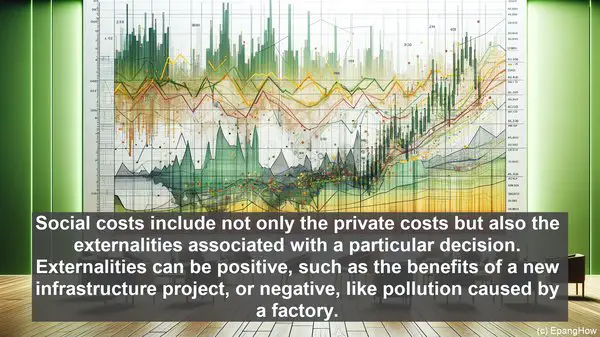Introduction: The Complexity of Costs
Hello, everyone! When it comes to economics, costs play a crucial role. However, not all costs are the same. Today, we’ll be exploring the difference between social cost and private cost. While they may seem similar, they have distinct characteristics and implications. So, let’s dive in!
Defining Private Cost
Private cost, as the name suggests, refers to the expenses borne by an individual or a firm in the course of their activities. It includes direct costs such as production expenses, wages, and raw material costs. Private costs are internal to the decision-maker and are often easier to quantify. For instance, if a company decides to expand its operations, the private costs would encompass the investment in new machinery, hiring additional staff, and other related expenses.
Unpacking Social Cost
On the other hand, social cost extends beyond the immediate expenses incurred by an individual or firm. It takes into account the broader impact of their actions on society and the environment. Social costs include not only the private costs but also the externalities associated with a particular decision. Externalities can be positive, such as the benefits of a new infrastructure project, or negative, like pollution caused by a factory. These externalities, which are often not factored into private costs, are crucial in understanding the true impact of a decision on society as a whole.
The Challenge of Externalities
One of the key differences between social cost and private cost lies in the treatment of externalities. While private costs are internalized by the decision-maker, externalities are often ‘external’ to their considerations. For example, a factory might not take into account the environmental damage caused by its operations when calculating its private costs. This disconnect between private costs and the true social costs can lead to market inefficiencies and suboptimal outcomes.

The Role of Government and Policy
Given the potential market failures arising from the divergence between social and private costs, governments often step in to address the issue. They can do so through various means, such as imposing taxes or regulations. These interventions aim to internalize the externalities, making the private costs align more closely with the social costs. By doing this, governments seek to ensure that decisions are made with a more comprehensive understanding of their impact on society.

